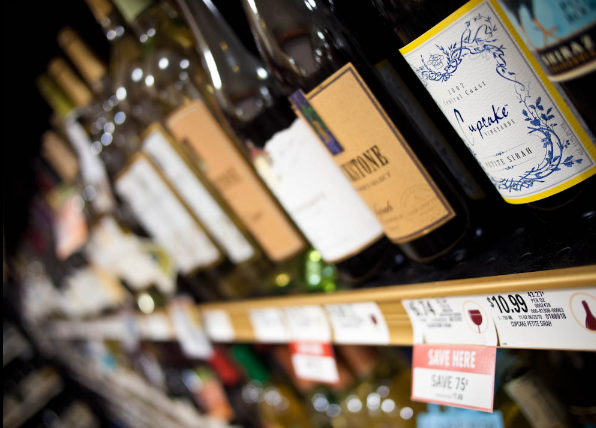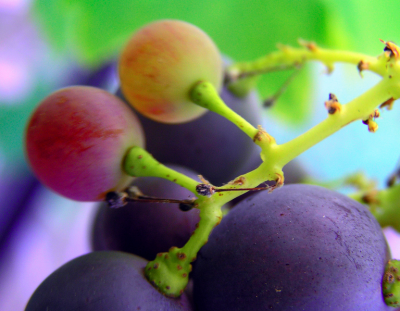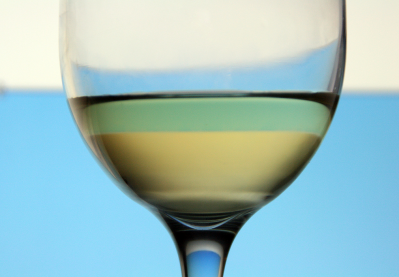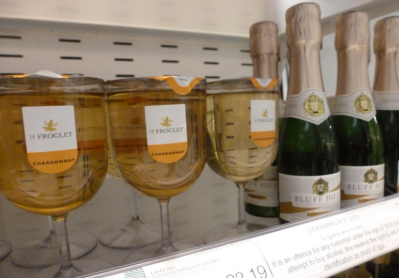WINE VISION 2013: LIVE FROM THE SHOW FLOOR
Could seismic US shift lead to ‘Heineken or Stella Artois of the wine world’?

That’s according to Robert Joseph, wine expert and founder of DoILikeIt? Consultancy, who spoke to industry leaders from the sector at Wine Vision 2013 in London last week.
Joseph said that the Top 4 US suppliers were now driving 70% of growth – circa. 3% per annum in wine broadly – which is being driven by suppliers such as Barefoot Wine, Cupcake Vineyards, Apothic and 14 Hands Winery.
During an earlier panel discussion, Robert Nicholson, principal, International Wine Associates (IWA) said that in the sub-$10/bottle US wine sector, farmers in California got better returns on assets from almonds and pistachio nuts rather than vineyards.
Provenance doesn’t excite sub-$10 US wine drinkers
Vineyard eradication programs were ongoing in California’s Central Valley in favour of nuts, he added, and had increased dramatically over the past five years.
“What that’s resulting in, in California and the US market, is that big wine companies – with the exception of E & J Gallo – all source their sub-$10/bottle brands from Chile, Argentina, Europe, Australia,” he said.
Provenance is of no importance to the US consumer buying sub-$10 wine, Nicholson said.
“That’s a very important factor for the US market to consider, because it’s unhealthy for an industry to not be supplying the base beverage in the pyramid of consumption of their products.That’s a serious risk we face in California.”
But discussing E & J Gallo brand Apothic, which grew 129% in the year ending July 8 2012, Joseph said: “If I were making this wine, I’d be thinking very carefully about switching [to cheaper non-US grapes]. The important thing about these Apothic blends is that they’re relatively premium priced – up at the $10 range.
“So there’s money there for marketing, especially if you’re using cheap grapes. You could create a global brand – a Stella or Heineken equivalent, in a way we’ve not seen before,” he added.
“What we could be could be seeing is a seismic change in the wine world where we see a Guinness-like situation – brands that we see everywhere, produced locally,” Joseph said.
Selling wine to a nation raised on Coca-Cola
Casting a glance over the Atlantic, he hinted at opportunities offered by Eastern Europe in this respect, since the region still makes a lot of wine quite cheaply.
Glossing the success of Cupcake (produced by world No.3 wine player, The Wine Group in California), Nicholson noted the range's global supply base - the Chardonnay is a Monterrey from California, the Sauvignon Blanc from New Zealand, Cabernet Sauvignon comes from California, the Shiraz from Australia and the Malbec from Argentina.
The Cupcake range is sold at $9-12/bottle and Nicholson described it as "actually quite high quality.”
On Apothic, which he described as E & J Gallo’s answer to another sweet red, Menage à Trois, Nicholson said: “It is a very sweet but it is answering consumer demand.
“When a country grew up drinking Coca-Cola as children, you can’t expect it to graduate straightaway to drier red wines. It’s a good idea to have a stepping stone.”










